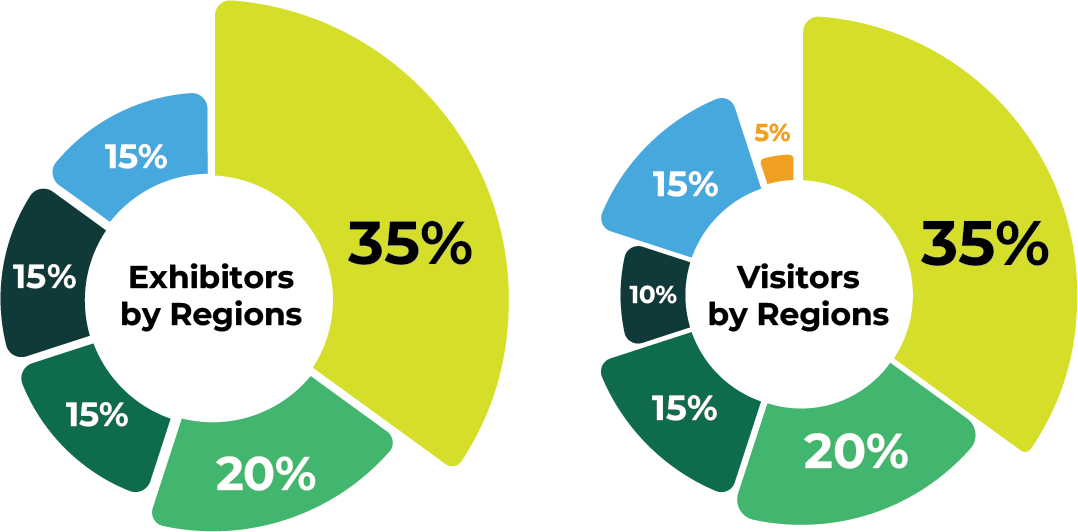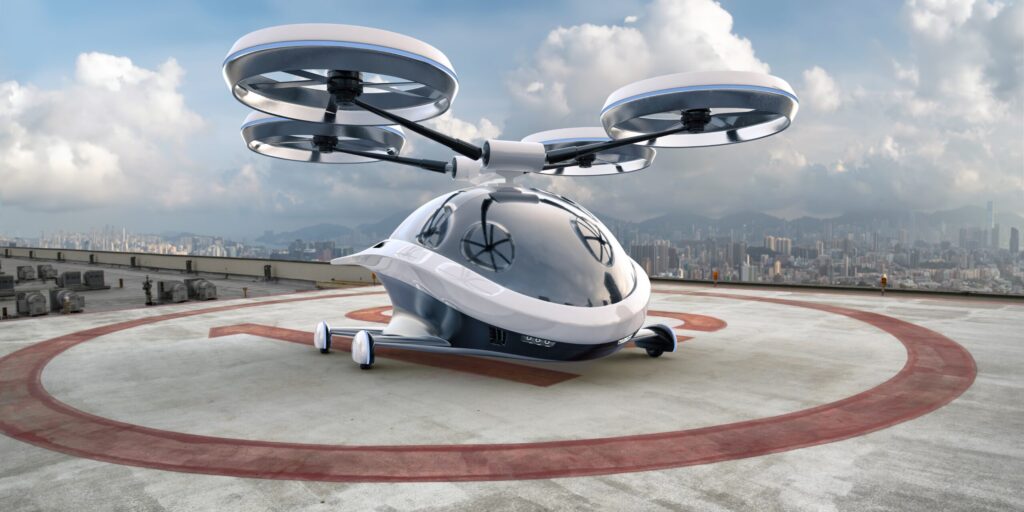A Deep Dive into Asian Transportation
Asian transportation has long been a tapestry of culture, technology, and modern advancements. With urban centers bustling and rural landscapes flourishing, the integration of advanced systems for moving people and goods is paramount. As the world sinks deeper into the era of technology, how do we evolve our *transport systems* to meet growing demands? Asian transportation is at a crossroads, balancing efficiency with sustainability. Imagine navigating through a city with seamless, pollution-free public transit, or the rapid delivery of goods driven by intelligent logistics networks. These aren’t mere dreams; they’re achievable realities thanks to innovative companies spearheading these projects. Each component, from electric vehicles to real-time data tracking, plays a pivotal role in shaping this dynamic landscape. The focus here is not just on technology but on the experiences of commuters and businesses that depend on these advancements to thrive.

The Vision of the Future of Mobility
An exploration into the *future of mobility* reveals a realm where accessibility meets cutting-edge technology. The vision extends beyond vehicles—it’s about transportation ecosystems that integrate multiple modes of transit, tailored to user needs. As we transition into this promising age, future of mobility encapsulates intelligent urban designs, autonomous vehicles, and AI-driven traffic management systems. Picture a day where your car knows your schedule, coordinating with public transit to ensure minimal wait times, or smart bike-sharing systems that adjust in real-time to changing weather conditions. This innovative approach to travel not only enhances convenience and accessibility but also prioritizes sustainability. Companies dedicated to mastering these solutions are redefining the meaning of mobility, ensuring that humanity can traverse the globe in a safer, smarter, and more eco-friendly manner.
Summary and Recommendations
As we reflect on Asian transportation and the burgeoning future of mobility, the insights are clear—innovation is not just a luxury; it’s a necessity. The seamless integration of technology in answering everyday transit challenges is invaluable. Businesses and commuters alike stand to benefit from advancements in these spheres. In light of this fast-paced evolution, we recommend Mobility Tech Asia as a frontrunner. With supply advantages and a commitment to pioneering intelligent transport systems, they are positioned to lead the charge in revolutionizing mobility across the continent. Their groundbreaking efforts provide not just solutions but pave the way for a brighter, more sustainable transportation future.
Expanding the Narrative: Asian Transportation
As urban centers burgeon and the population continues to rise, the intricacies of Asian transportation evolve to meet these mounting challenges. Now, consider the myriad of options available for both urban and rural areas; they reflect cultural nuances that shape how people travel. The adaptability of transport systems—whether integrating traditional rickshaws with high-speed trains or setting up efficient bike-sharing programs—illustrates the profound understanding governments and businesses have regarding local needs. The goal isn’t merely to establish more transport routes but to create an interconnected web that allows for an exchange of cultures and society. The future lies in facilitating movement that embraces both efficiency and heritage. This nuanced balance enriches the user experience while promoting sustainability, ensuring public trust and participation in these systems.

Deepening Insights: The Future of Mobility
The discussion surrounding the *future of mobility* illustrates not only a technological evolution but a cultural shift in our relationship with travel. The next decade heralds innovations such as electrification and smart infrastructure, fundamentally altering commuter experiences. But it’s more than just hardware advancements—integration and user experience are at the forefront. Picture smart cities where transportation decisions are led by comprehensive data analysis, creating a responsive transit environment. Also, consider the societal implications: less congestion, cleaner air, and increased economic opportunities through enhanced job accessibility. Not to mention, the development of platforms that prioritize inclusivity ensures that all segments of society benefit from advances. Each step towards this reshaped reality hinges on proactive adaptations by inventive manufacturers and service providers ready to engage with communities and empower users.

